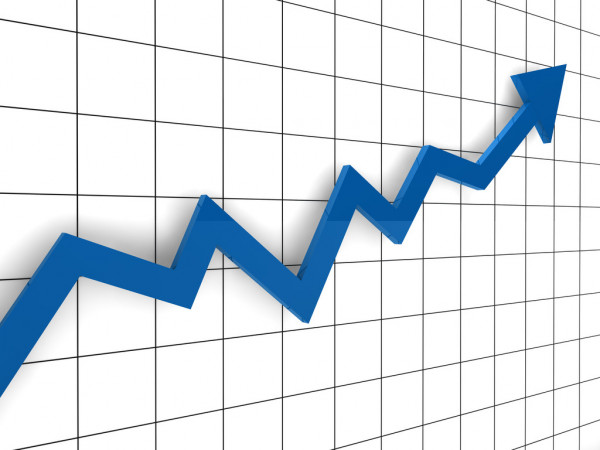April 15th, 2021
A successful residential investment ecosystem depends on two main actors; the owners and investors who bring units to the market, and the renters who occupy them. When a significant change in one party’s numbers occur, classic macroeconomic forces takeover and prices adjust accordingly. It comes as no surprise that we as investors should keep our ears to the ground to such changes, and attempt to anticipate future disruptions in supply and demand.
The good news for investors in the South Bend-Mishawaka MSA is that we anticipate continued strong demand for apartments going into the new decade. This does come unfortunately mainly on the back of the Pandemic which has caused ripples throughout not just the real estate market but related markets such as building supplies which all point towards a need for apartments. Population within the SB-Mishawaka MSA has continued its strong upward trend post-2008 crash with an increase between 2017 and 2019 of .6% compared to .5% between 2015 and 2017, and home prices push further and further out of reach of buyers of all economic strata.
Despite mortgage interest rates being at historically unfathomable lows*, soaring housing prices continue to tip the scale of the housing market in favor of sellers. A lack of inventory of new housing stock is attributed in part to hesitation from builders following memories of the 2008 crash and in part to exploding prices of lumber and other building supplies due mostly to supply-chain issues brought on by COVID. According to Fortune, lumber prices are up 193% from a year ago and are anticipated to continue to rise, and they estimate that lumber prices alone have added at least $24,000 to the cost to build an average new single-family home. To make matters potentially worse, falling lumber prices are likely to occur as interest rates increase, thus creating a mismatch between supply and demand as builders look to ramp up building but buyers step back from the housing market.
South Bend has seen a nearly unprecedented acceleration of house prices with Zillow calculating the year-over-year increase of over 15% to reach an average home price of just over $127,000, up from $110,000 this time in 2020.
This trend coupled with a millennial generation who has shown to increasingly shun the “American Dream” of home ownership† and prefer renting should result in continued strong demand for apartments and put upward pressure on rent prices.
*30 year fixed-rate mortgage annual averages topped out in 1981 at above 16% and have since clamored down reaching just above 8% in 2000 and then 4.25% in 2019. At the writing of this article, rates hover just below 3%.
†In 1990, a generation of baby boomers with a median age of 35 held one third of the country’s real estate, compared to a similar sized group of millennials, median age of 31, who own just 4% in 2019.
“This article, and the South Bend Management Co Blog in general, is intended for informational and educational purposes only, and is not financial advice. South Bend Management Co is not providing investment, tax, financial planning, legal, or real estate advice. South Bend Management Co is not your advisor or agent. Please consult your own experts for advice in these areas. Although South Bend Management Co provides information it believes to be accurate, South Bend Management Co makes no representations or warranties about the accuracy or completeness of the information contained on this blog.”




Comments